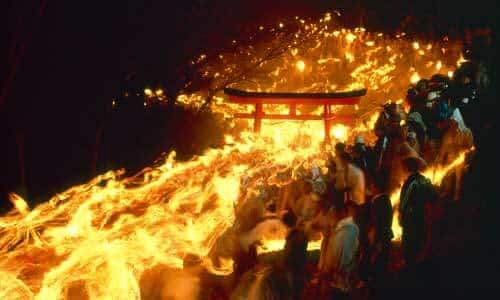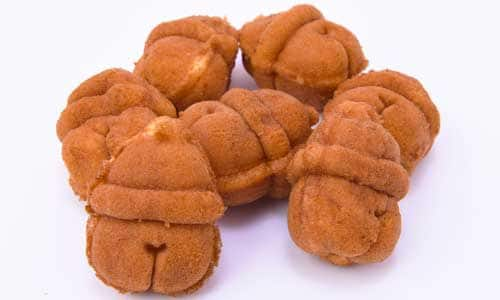- Culture
- Wakayama
Kumano Hayatama Taisha Grand Shrine

The first place where the deities of Kumano descended from heaven
The Kumano region located around the southern part of Wakayama Prefecture has been worshipped as a sacred place since ancient times. Pilgrims began to travel to worship the deities enshrined in the three shrines in Kumano, the Hongu Taisha, Nachi Taisha and Hayatama Taisha, collectively known as the Kumano Sanzan. Kamikura Shrine that sits on the top of a mountain is believed to be the first place where the Kumano deities descended from heaven. Kumano Hayatama Taisha Grand Shrine was newly built as a Shinto shrine dedicated to the Kumano deities who were originally enshrined in Kamikura Shrine and was renamed "Shingu," or new sanctuary, while Kamikura Shrine is referred to as "Motomiya," which means original shrine.

Kumano Hayatama Taisha Grand Shrine
Kumano Hayatama Taisha Grand Shrine is said to have been built in 128 to enshrine the Kumano deities who descended to earth on the Gotobiki-Iwa rock in Kamikura Shrine. The vermillion-lacquered, beautiful pavilion reproduces the world of Kumano Mandala that depicts the Buddhist universe painted during the Kamakura period (1185-1336). On the shrine grounds stands Shinpokan, a museum that holds approximately 1,200 items designated as national treasure of Japan. There is also an ancient sacred Nagi tree believed to be about 1,000 years old, which is designated as a national natural monument. Since ancient times, people have worshiped the tree in prayer for a safe journey and good luck in matchmaking.

Kamikura Shrine: a shrine with a massive rock that stands solemnly on the top of the mountain
Kamikura Shrine is thought to be the first place where the Kumano deities descended to earth before they were enshrined in the three Kumano Sanzan shrines. On the top of a steep hill sits the Gotobiki-Iwa, a giant rock considered as "shintai," or an object of worship in which a deity resides. You can reach this rock after climbing 538 steep stone steps, which is part of the Kumano Kodo ancient pilgrimage routes. Its name comes from the shape that resembles a toad, which is called "gotobiki" in the dialect of the Kumano region. Kamikura Shrine is also a famous scenic spot that offers a great view over Shingu City and the Kumano-nada Sea.

The valiant Oto Matsuri fire festival
Held every year on February 6 at Kamikura Shrine, Oto Matsuri is Japan's oldest fire festival. Approximately 2,000 men dressed in white costumes tied with straw rope run down 538 steep steps from the top of the mountain holding a flaming torch lit from sacred fire. Participants, who are only males because no females are allowed to participate in the festival, go through a week-long purification period, and on the day of the event, they only eat white-colored foods. Tourists can also join, but since women are barred from entering the mountain on the day, they can watch men racing down the mountain from the path leading to the shrine.

Suzuyaki of Kobaido
Suzuyaki, a bell-shaped mini sponge cake, is a signature product of Kobaido, a traditional Japanese sweets shop established in 1868. Made using fine-grained wasanbon Japanese sugar, its subtle sweetness is appreciated by customers of all ages and genders. In addition, Kobaido offers other popular sweets such as "Kumano Meisho Senbei," rice crackers with Kumano's famous sights printed on the surface, as well as dorayaki red-bean pancakes, all of which are unique to the shop, making for an ideal souvenir.
Location
| Name | Kumano Hayatama Taisha Grand Shrine |
|---|---|
| Website | https://en.visitwakayama.jp/themes/world-heritage-the-kumano-kodo-pilgrimage-routes/ |
| Address | 1 Shingu, Shingu-shi, Wakayama |
| Access | Approximately 15 minutes' walk from Shingu Station on the JR Kinokuni Line |
| Inquiries | TEL: 0735-22-2840 (Shingu City Tourist Association) |







